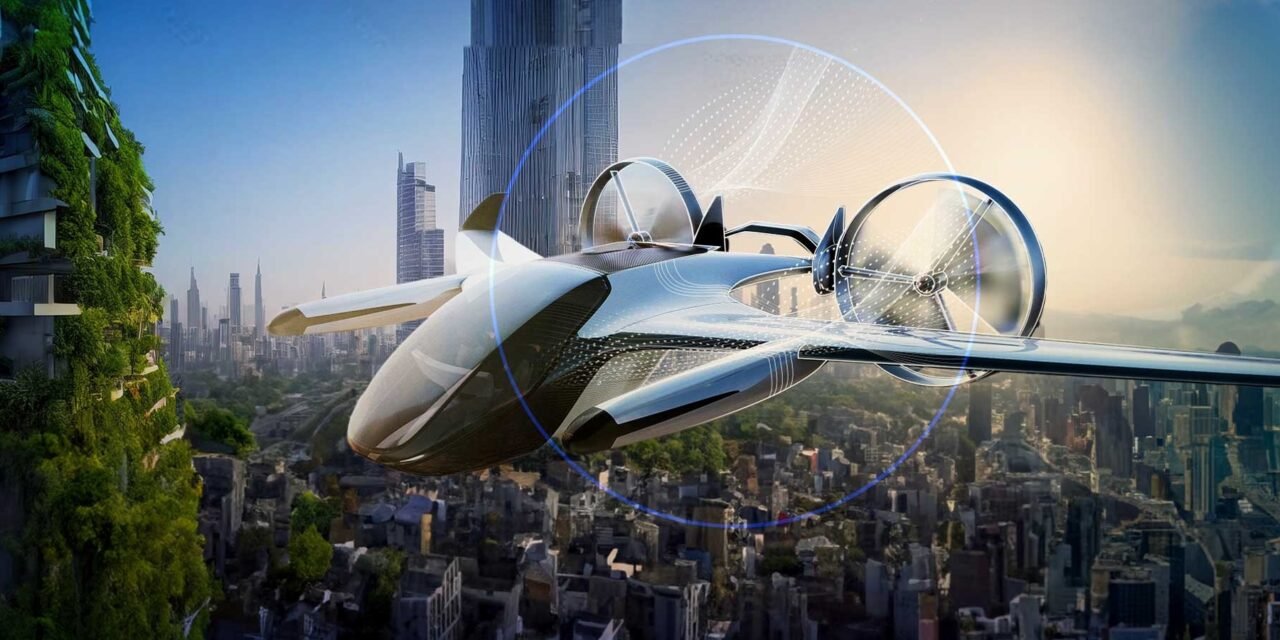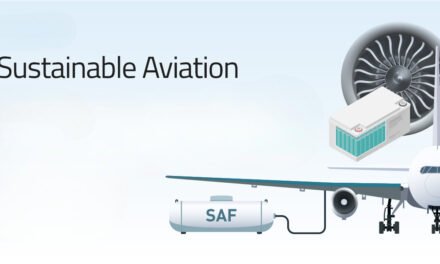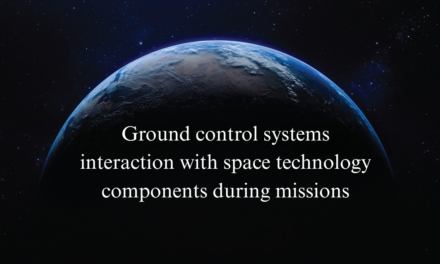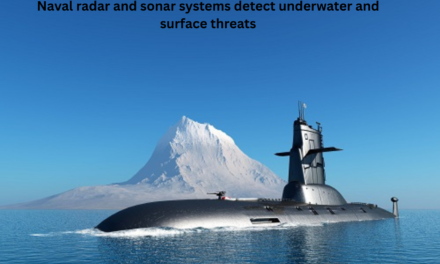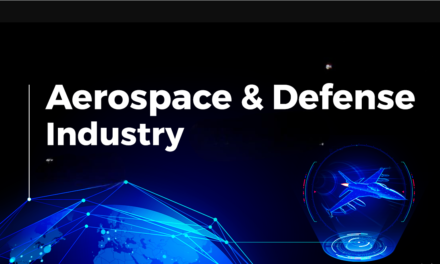Innovation and technology are at the core of modern Aerospace and Defense (A&D) solutions, driving advancements in efficiency, capability, safety, and sustainability. The integration of cutting-edge technologies enables A&D companies to address evolving challenges, meet operational demands, and stay competitive in a rapidly changing global landscape. Here’s a detailed exploration of their role:
1. Enhancing Performance and Efficiency
- Advanced Materials:
- Use of lightweight, durable materials like carbon-fiber composites and titanium alloys reduces weight and improves fuel efficiency in aircraft and spacecraft.
- High-temperature materials enhance the performance of jet engines and hypersonic vehicles.
- Propulsion Systems:
- Development of next-generation jet engines with higher thrust-to-weight ratios and lower emissions.
- Electrification of propulsion systems for urban air mobility (UAM) and regional aircraft.
2. Autonomous and Unmanned Systems
- Unmanned Aerial Vehicles (UAVs):
- Drones used for military surveillance, reconnaissance, and combat operations.
- Civilian applications include delivery services, infrastructure inspection, and disaster response.
- Autonomous Aircraft:
- Development of fully autonomous or remotely piloted commercial and military aircraft.
- Integration of advanced navigation systems for safe and efficient operations.
- Robotics:
- Use of robotic systems in manufacturing, maintenance, and space exploration, such as Mars rovers and robotic arms for satellite servicing.
3. Digital Transformation
- Artificial Intelligence (AI):
- Enhances decision-making, predictive maintenance, and mission planning.
- AI-powered defense systems improve threat detection and response times.
- Digital Twins:
- Virtual replicas of aircraft, engines, and other systems enable simulation, testing, and optimization, reducing development costs and timelines.
- Big Data and Analytics:
- Advanced data analysis supports flight optimization, predictive maintenance, and intelligence gathering.
- Real-time data sharing improves situational awareness in defense operations.
4. Cybersecurity and Electronic Warfare
- Protecting Critical Systems:
- A&D solutions integrate advanced cybersecurity measures to safeguard sensitive data and critical infrastructure from cyber threats.
- Electronic Warfare (EW):
- Technologies for jamming enemy communications, disrupting radar systems, and protecting friendly forces.
- Development of countermeasures against electronic attacks.
5. Innovations in Space Technologies
- Reusable Rockets:
- Companies like SpaceX and Blue Origin have revolutionized space launch economics with reusable launch vehicles.
- Satellite Miniaturization:
- Small satellites (CubeSats) reduce costs and expand access to space for various applications, including Earth observation and global internet.
- Deep Space Exploration:
- Advanced propulsion systems, robotics, and AI are enabling missions to the Moon, Mars, and beyond.
- Space Defense:
- Technologies to protect satellites from anti-satellite weapons and space debris.
6. Sustainable and Green Aviation
- Sustainable Aviation Fuels (SAFs):
- Development of biofuels and synthetic fuels to reduce carbon emissions from commercial aviation.
- Hydrogen-Powered Aircraft:
- Research into hydrogen as an alternative, zero-emission fuel source for aviation.
- Electric Propulsion:
- Electrification of aircraft for urban air mobility (UAM) and short-haul routes.
- Improved Aerodynamics:
- Innovations in wing and fuselage designs to reduce drag and improve fuel efficiency.
7. Hypersonic and Advanced Weaponry
- Hypersonic Vehicles:
- Development of missiles and aircraft capable of traveling at speeds greater than Mach 5.
- Focus on precision, speed, and survivability in contested environments.
- Directed Energy Weapons:
- Laser and microwave technologies for defense against missiles, drones, and other threats.
- Smart Weapons:
- AI and advanced sensors enable precision-guided munitions with improved target recognition and minimal collateral damage
8. Enhanced Connectivity and Communication
- Next-Generation Networks:
- Integration of 5G and satellite-based networks for faster, more reliable communications.
- Global Navigation Systems:
- Development of advanced GPS and regional navigation systems for military and civilian applications.
- Integrated Defense Networks:
- Secure and interoperable communication systems that enhance coordination between allied forces.
9. Urban Air Mobility (UAM) and Advanced Air Mobility (AAM)
- Electric Vertical Takeoff and Landing (eVTOL):
- Aircraft designed for urban transport and air taxi services.
- Innovations in battery technology and autonomous navigation are critical for this sector.
- Infrastructure Development:
- Advanced air traffic management systems and vertiports to support UAM operations.
10. Cost Reduction and Agile Manufacturing
- Additive Manufacturing (3D Printing):
- Reduces costs and production times for complex aerospace components.
- Enables on-demand manufacturing, improving supply chain efficiency.
- Automation in Manufacturing:
- Robotics and AI streamline production processes, ensuring consistent quality and reducing labor costs.
11. Multi-Domain Operations (MDO)
- Interoperability:
- Technologies that integrate air, land, sea, space, and cyber operations for coordinated defense strategies.
- Real-Time Intelligence:
- AI and advanced sensors enable seamless information sharing across platforms and domains.
12. Artificial Intelligence in Decision-Making
- Command and Control Systems:
- AI-driven systems enhance strategic decision-making in complex combat scenarios.
- Autonomous Threat Response:
- Automated systems detect and neutralize threats with minimal human intervention.
Impact on the A&D Industry
- Market Differentiation: Innovation sets leaders apart in an intensely competitive industry.
- Enhanced Capabilities: New technologies expand operational possibilities and improve outcomes.
- Cost Efficiency: Technological advancements streamline operations, reduce lifecycle costs, and improve ROI.
- Sustainability Goals: Green technologies address environmental concerns, enhancing the industry’s long-term viability.
Conclusion
Innovation and technology are the backbone of modern Aerospace and Defense solutions. From autonomous systems to green aviation and advanced weaponry, they drive progress, address challenges, and shape the future of the industry. Continuous investment in R&D is essential for maintaining competitive advantages and meeting evolving global demands.
Hashtags
#AerospaceInnovation #DefenseTechnology #TechInAerospace #InnovativeDefense #ModernDefenseSolutions #AdvancedTechnology #InnovationInAerospace #NextGenDefense #DefenseInnovation #DigitalTransformation #Industry40 #SmartDefense #AutomationInAerospace #IoTInDefense #AIInAerospace #DigitalAerospace
